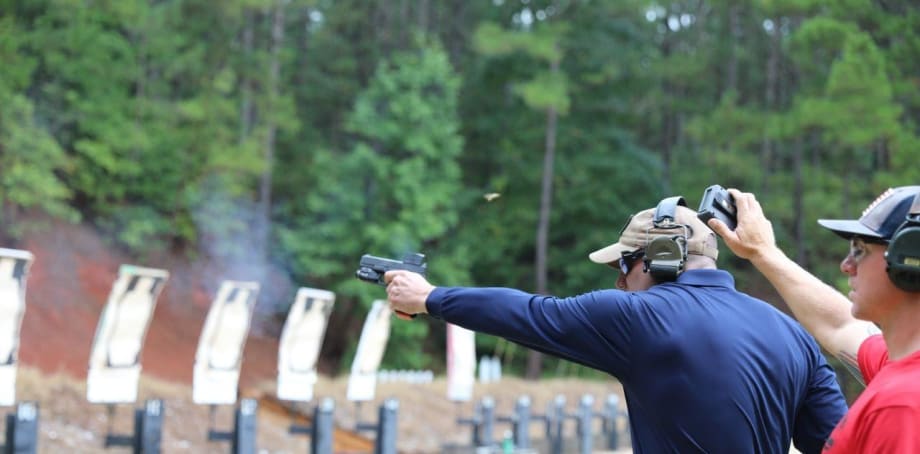One of the bigger challenges for instructors is navigating how the brain works, says Lon Bartel, vice president of training and curriculum for VirTra. As a firearms instructor, he knows often instructors will tell new shooters what not to do. “Don’t slap the trigger” is the prime example.
“The way our brain functions, I tell somebody ‘Don’t do this,’ well the first thing that people do, is they imagine what it is they're not supposed to do. We're reinforcing the actual behavior we don't want them to engage in,” Bartel explains. “As opposed to ‘be on the front sight,’ and ‘nice, smooth trigger press.’ There's a big difference between that and ‘don't slap the trigger.’”
Language and choice of terminology are crucial in communicating clearly what the student should do when he or she steps up to the firing line.
Bartel says how instructors interact with the students and what they expect from them has to be clearly communicated to the shooter in a way that they understand it, not necessarily as the instructor understands it. Some of those phrases won’t mean anything, for a new shooter.
“To me, if a student isn't performing, I have to start first with the instructor. Is the instructor the issue? To me, that's the ultimate question,” explains Bartel.













